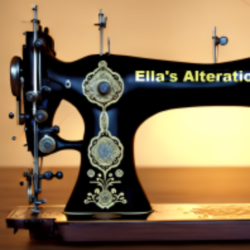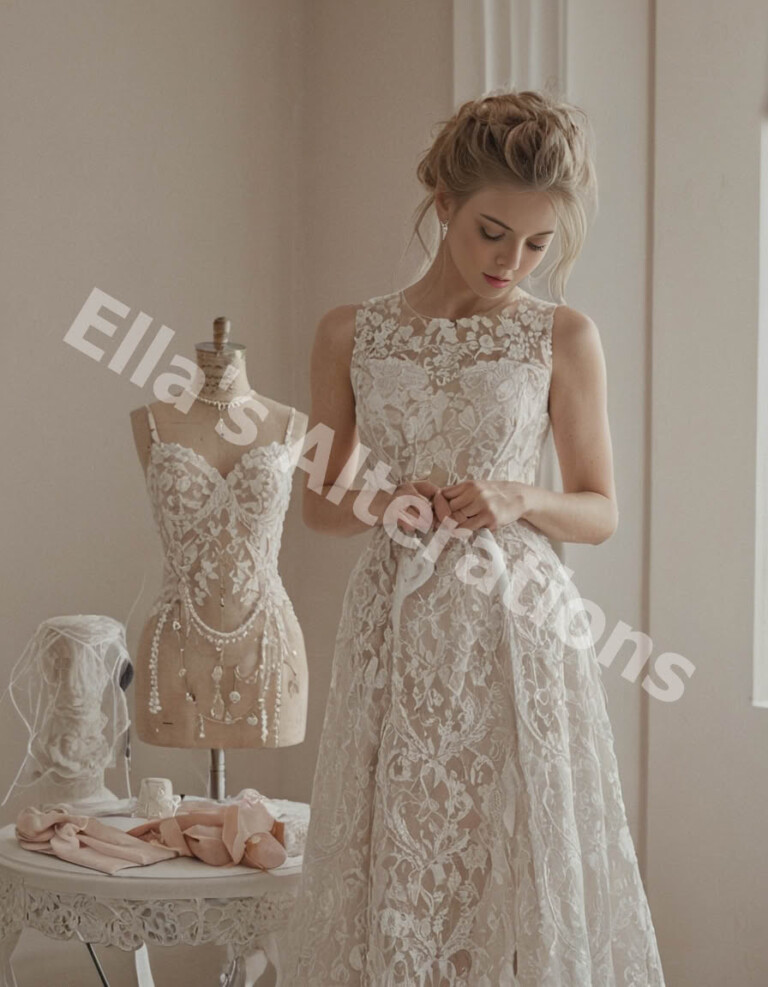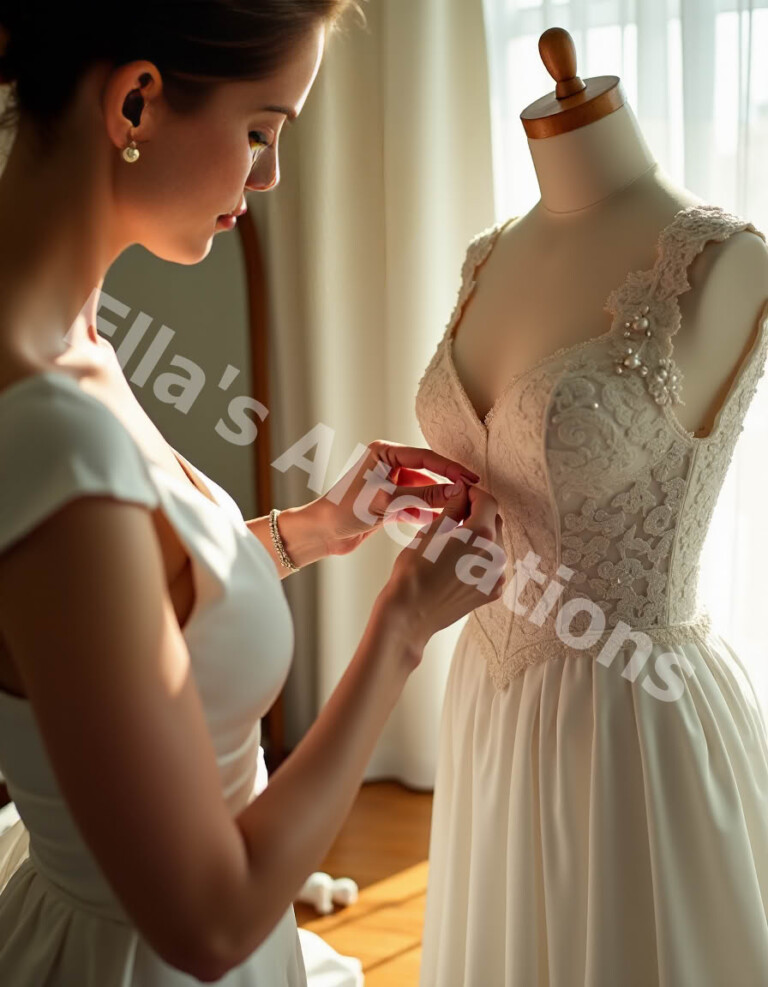What Are The Parts of a Wedding Dress
A wedding dress typically consists of several parts, including:
1. Bodice: The upper part of the dress that covers the torso, typically including the waistline and bust.
2. Skirt: The lower part of the dress that falls from the waist to the floor, and can take various shapes and lengths, such as a ballgown, A-line, sheath, mermaid, or tea-length.
3. Train: An extension of the skirt that trails behind the bride as she walks, ranging from a sweep train that just grazes the floor to a cathedral train that extends several feet.
4. Sleeves: The part that covers the arms, which can be long, short, cap, three-quarter, or off-the-shoulder, or the dress can be sleeveless.
5. Neckline: The top edge of the bodice that frames the neck and shoulders, which can take various styles, such as sweetheart, V-neck, scoop, halter, boat, or high.
6. Waistline: The point where the bodice and skirt meet, which can be defined by a natural waist, dropped waist, basque waist, or empire waist.
7. Embellishments: The decorative elements that enhance the dress, such as lace, beading, embroidery, sequins, appliques, ruffles, or bows.
8. Veil: A piece of sheer fabric that covers the bride's face or trails behind her, which can be attached to a tiara, comb, or headband.
9. Accessories: The additional items that complete the bride's look, such as shoes, jewelry, gloves, clutch, or hairpiece.
The exact combination of these parts may vary depending on the style, tradition, and personal preferences of the bride, but all of them contribute to creating a beautiful and memorable wedding dress.


